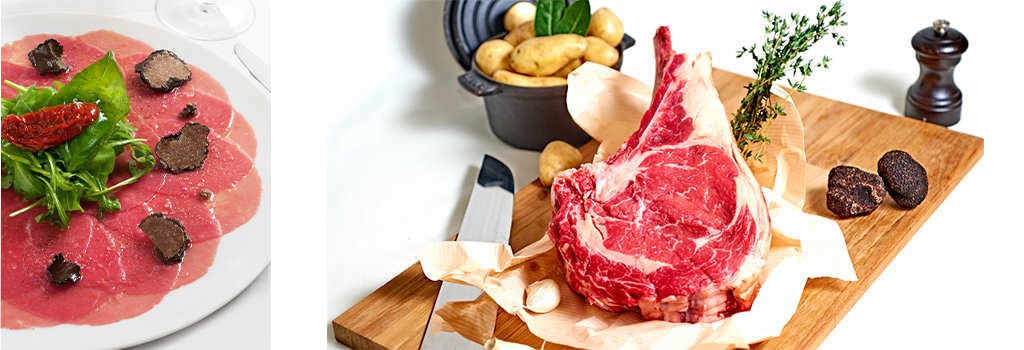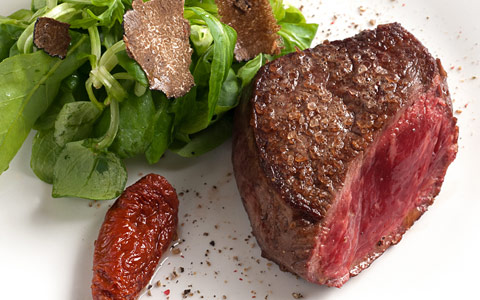
History
Native of Northern Europe, the Aberdeen Black Angus beef is established worldwide as it is a very popular beef breed which adapts very well and yields convincing results. It has thus been bred in Ireland for over 300 years, forming an integral part of the green island’s landscape looking like a myriad of moving black spots.
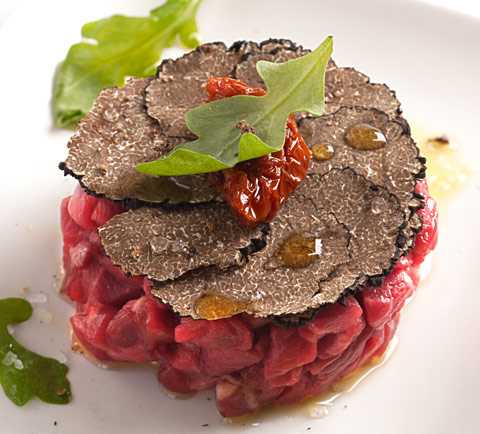
Appearance
Its huge stature due to rather short legs gives the impression that it acts tough in the manner of a rugby man. It is perfect; we are in Ireland, the country of the “V Clover”! This stocky but powerful stature earned it a good conformation, making it valiant and resistant to all kinds of environments, particularly to the wet winters and hot summers. It is also widely used in cross-breeding to improve other breeds. In addition it yields an excellent return on investment!
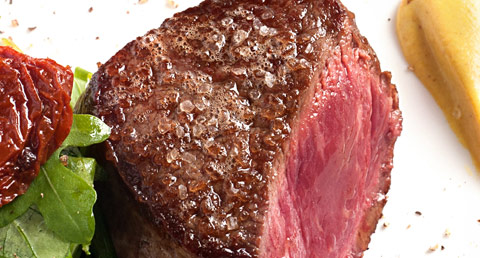
Farming and feeding
During 24 months, our bovine is fed essentially with red and green clover-rich grass, and as it is fair play gentleman and that the clover (shamrock) is Ireland’s emblem, it really enjoys it! A grass sown according to biodynamic agricultural methods involving the use of the lunar calendar. Its diet also includes natural supplements such as carrots, potatoes or organic cereals.
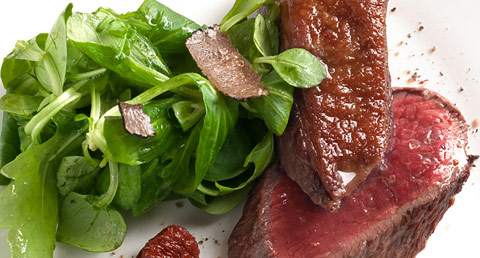
Living environment
Finally, its welfare being the farmer’s priority, all the resources are deployed to reduce the animal’s stress level:
- There is only a maximum of 25 head of cattle that graze together per batch.
- They live in family, among brothers and sisters.
- Each cattle has at its disposal at least three acres of land across which it can stroll: every athlete’s dream!
According to an unavoidable policy of organic certification, the animals are not given any medication dose or antibiotic injection.
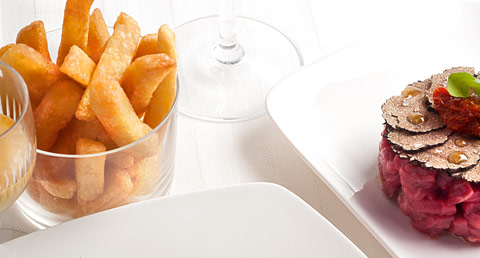
Last but not least
As a result our Black Angus – almost an all-Black Angus – is happy like a lord, the reason causing it to have an ability to produce quite fat carcasses. For the consumer, it is the guarantee of a tasty, finely marbled, or even marbled meat. And in terms of health, its flesh contains more omega-3 fatty acids (essential to the good functioning of the human body) than that of a grain-fed cattle.





